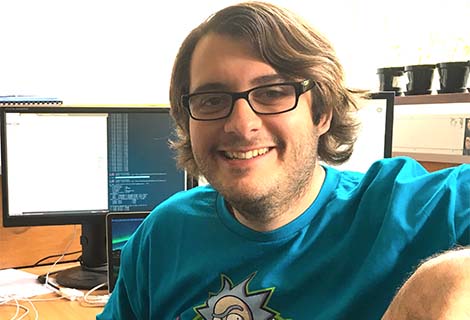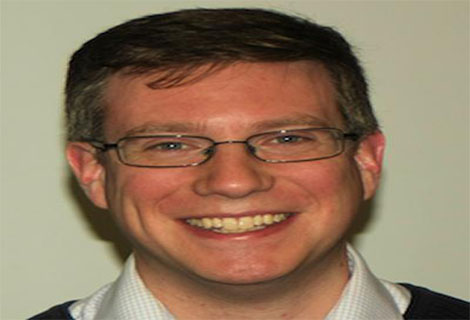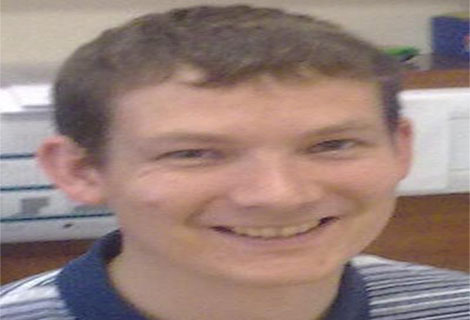Experience the Northern Lights at your school or event
You can bring an incredible artificial demonstration of the Northern Lights, with all the majesty of the aurora, to your school or science event.
Using a ‘planeterrella’ -– special equipment which can simulate the aurora – space plasma physicists from the University of Southampton demonstrate this breathtaking natural wonder, and explain how their research is working towards understanding it better.
Anyone can book a demonstration, and examples of previous audiences are science festivals, primary and secondary schools, and astronomy societies. Preference will be given to schools or venues within an hour's drive of the University of Southampton.
We prioritise bookings based on team availability and how flexible the school or event are with dates. We can better accommodate locations within one hours drive time to the university as this gives us more flexibility when planning our visit. We consider all requests so please complete the enquiry form if you are interested in booking a Northern Lights demonstration.
What is a planeterrella?
In what is known as the solar wind, the sun emits a stream of charged particles (electrons and ions) into space. A planeterrella uses an electric field to make these charged particles move in a vacuum chamber. This simulates the effect of the solar wind on the planets of the solar system, which on Earth are known as the Northern Lights and Southern Lights.
What are the Northern Lights?
The Northern Lights (also known as aurora borealis) are a sky-spanning light show seen in an oval around the North Pole of the Earth. There is also a southern counterpart around the South Pole called the Southern Lights (or aurora australis).
The aurora are generated when the solar wind affects the Earth’s magnetic field. The disturbance causes particles (mainly electrons and protons) from the solar wind and near-Earth space to collide with the atmosphere in ovals around the magnetic poles. The Northern Lights are rarely seen in the UK, and to see them, you usually have to visit more northern countries like Norway, Finland or Canada.
Fees
We need to charge for our running and subsistence costs. After you submit your enquiry, we can give you an estimate of our costs for your request.
Our costs include van hire and petrol with a typical booking for a day being around:
£300 for schools and £450 for events (as we require an additional demonstrator).
What we need on the day:
We’ll need:
- step-free access to the room
- a room for the demonstration with blinds or curtains over the windows
- a projector (with HDMI/VGA connector) as part of the show is delivered from a computer
The equipment takes half an hour to set up before the first demonstration.
We request that the audience complete a short questionnaire before and after our visit so that we can evaluate the impact of the talk.
Who carries out the demonstrations?
The demonstration is carried out by members of the Physics and Astronomy department at the University of Southampton. This might be the Planeterrella lead, John Coxon, other members of the team, or PhD students from the Space Environment Group or the Astronomy Group.
Some of our team have DBS/CRB checks, but not all. The team are all fully trained in working in schools. A teacher at the school, who will be responsible for managing the students, must be present at all times during the demonstrations.
Meet the team

Dr John Coxon
Dr John Coxon is a postdoctoral research assistant in the Space Environment Physics Group. Part of John’s demonstration will include an insight into his research into Birkeland currents.
Find out more
Dr Robert Fear
Dr Robert Fear is an Associate Professor in Space Physics, and head of the Space Environment Physics group. Part of Rob’s demonstration will include an insight into his research into ‘transpolar arcs’ - a type of aurora.
Find out more
Dr Daniel Whiter
Dr Daniel Whiter is a lecturer in Space Physics. Part of Dan’s demonstration will include an insight into his research into ‘small scale aurora’.
Find out moreEnquire for a demonstration
You can request a demonstration at your school or event. Shows last between 45 minutes and one hour, and we can perform a minimum of three demonstrations, and a maximum of six demonstrations in a day. You can book us for part of a day or the whole day.
We’ll get back to about the availability of the team and the equipment once we have received your enquiry form.